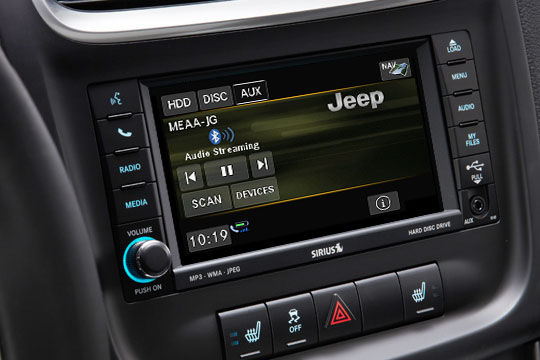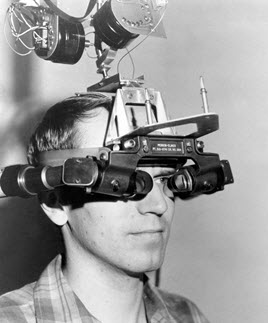PLM-ERP Alignment is Critical
In the seemingly endless conversation about product development software, there are those that argue that PLM and ERP serve different roles in product development and product lifecycle management. Those on that side of the fence use arguments such as “PLM helps drive product innovation, ERP helps execute the business of manufacturing”, and prop their arguments by making debatable observations such as that ERP is a static system of record and PLM manages product changes; that product data structures in ERP are rigid whereas PLM’s are flexible; or that ERP can only handle hierarchical data relationships as opposed to the dynamic many-to-many relations data model of PLM. Some years ago there was even an attempt to restore the lackluster image of ERP by coining a new term: “Operational ERP.” Read More



